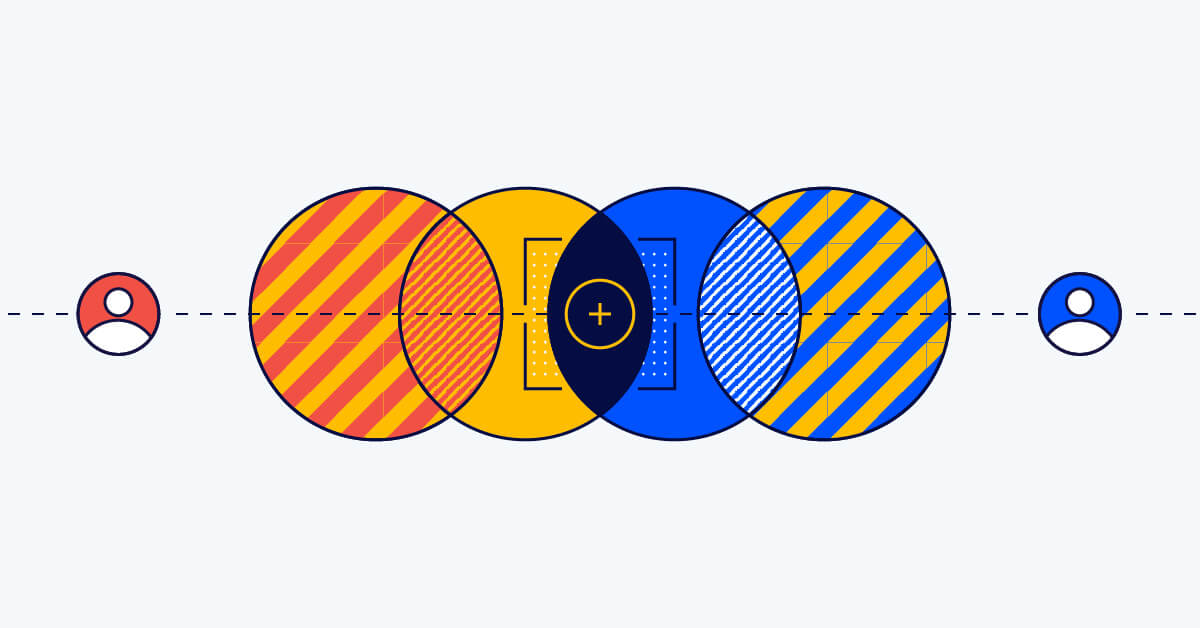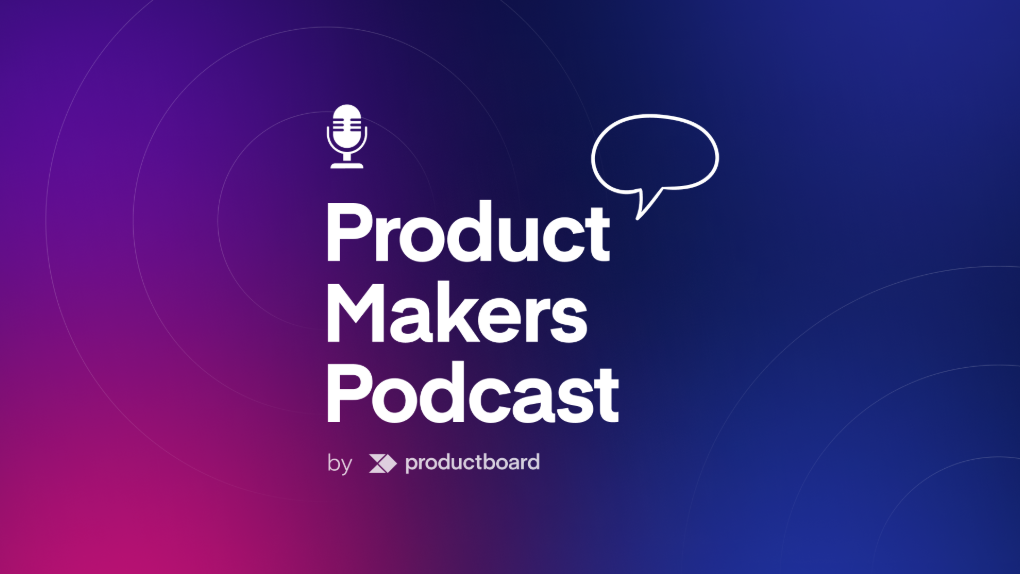Leveraging communities to drive product growth and engagement

We hear a lot about the importance of customer-centricity these days. Customer-centricity encompasses the practices, habits, processes, and supporting systems that allow organizations to deliver products that meet customer needs in a particularly delightful way. Great products must address real customer needs. If they don’t, they are doomed to fail.
And that means you have to build deep empathy and curiosity for your customers’ pains, unmet needs, goals, and motivations. Solving for customer needs and exceeding expectations along the way is how you drive healthy business growth and foster good relationships with the people your company serves.
To develop customer-centricity, you must make a habit of constantly engaging with your customers and embed that into your product’s culture. One of the most effective ways to do this is with your community. When it’s put front and center, community can be an acquisition channel, product feedback mechanism, and brand differentiator—not just a retention tactic.
Let’s examine a few of the ways product teams can leverage communities to drive product growth and engagement.
Community-led and product-led growth can act as multipliers for a product’s success
No matter how committed your product team is to being customer-centric, you’re likely to face some constraints based on headcount. Product managers represent a small proportion of employees within an organization, especially when compared with customer-facing teams such as sales, marketing, customer success, and support. It’s not unusual for product managers to account for 1–3% of a company’s total headcount.
The fact is, in the time it takes a product manager to coordinate one user interview, our colleagues from support, sales, and marketing can speak with ten customers. They are truly the user experts. So why not enlist them as an extension of the product team?
We can build and leverage a company-wide culture with as many customer touchpoints as possible. This involves expanding our definitions of other roles and functions. A product organization is truly excellent when the customer success team is no longer just preventing customers from churning or encouraging them to renew. They are now actively trying to understand the gap between customer needs and the product’s capabilities and passing these learnings on to the product team. Similarly, the support team is no longer merely reacting to customer issues. Instead, they are taking a more proactive approach, listening for usability pains to share with the product team.
And community is no different. When we take a community-led approach, we build our communities with our members, not for them. Luckily, communities often contain the best customers, the most engaged prospects, and the people with an affinity for what you’re already doing. This makes it much easier to create a collaborative atmosphere that increases your product’s chances of success.
There are numerous other benefits to community-led companies as outlined by CMX, including the fact that they allow you to focus on many-to-many relationships, they make community a core thread throughout your entire organization, and they create a symbiotic relationship that provides value to both sides.
Product managers and community managers can work effectively together
Creating alignment between product and community can go a long way to helping both sides understand how the community is fitting into this whole mix—how it contributes to product knowledge, innovation, and feedback—and establish mutual understanding between both sides about what that contribution looks like day-to-day.
Here are a few tips to maximize collaboration between product and community team members:
- Work together to define the objectives and goals of your community. This will help you determine which types of interactions to prioritize. For example, at Productboard, our goal is to enlist our community to improve our product, so we run betas in our community, invite customers to participate, and ask them to share their ideas and feedback. We also tap into our community to find people who’d be willing to help us, participate in studies, and provide feedback in other ways. Depending on your own objectives, you might also find it beneficial to look to your community to connect with others and find members for product research or shape your customer advisory board or other advisory groups for your product.
- Consider how you’ll incentivize or reward participation. Will you provide early access or extra value to community members?
- Centralize and organize feedback so everyone can contribute and there’s a single source of truth.
- Establish healthy habits and rituals so there are regular, predictable opportunities for sharing knowledge and insights.
You should build products with — not for — your community
In the past, most of us probably built products for customers. We shipped things and put features in their hands but didn’t engage with customers. But creating products with Product Excellence in mind means we have the opportunity to build products with customers. Incentives are mutually beneficial and customers are brought along into product development rather than just being consumers of the output.
Making this change requires a big shift in how we work and it means we need to rally people around a common set of problems and needs. There are several ways to achieve this.
- Build trust around your customer base and form long-term relationships.
- Engage in informal conversations and make them feel listened to and heard.
- Pull in observational feedback, not just direct or specific product feature requests.
- Close the loop and show customers that you’re listening (more on this in a moment).
- Help your customers see the work that you deliver and provide them ways to continue to share their feedback.
You can create a tight and ongoing feedback loop and rely on community members to drive early adoption
To get your community members truly invested in building the product with you, you’ll need to create a tight and ongoing feedback loop. If they don’t feel like their feedback is taken into account, you can easily erode their goodwill and willingness to participate. Make sure you close the loop by responding to the feedback they share and make it easy for them to keep providing feedback on an ongoing basis.
The loop may look something like this:
Step 1: A customer shares product feedback.
Step 2: The product team considers it. Sometimes you decide to act on it, sometimes you don’t.
Step 3: When you do act on it, you engage with customers. Let them know you’re moving forward, incorporate their feedback as an input, and maybe even involve them in some of your problem or solution discovery activities.
Step 4: Involve the customers in beta testing the solution. Ask them to iterate and co-create with you. This also gives them the opportunity to try out the solution, use it, and see its value.
Step 5: When you’re ready to launch the feature, your customer is now set up to be an early adopter. They can act as an advocate and even be an early case study around the user of the feature to encourage wider adoption.
How do you keep track of all the customer feedback and share the actions you’re taking? This is when having a centralized tool can come in handy. Here at Productboard, we use Portal to show our community members where we’re going, what problems we’re looking to solve, and what we’re actively shipping. All product teams should look for a way to do this, whether it’s with a tool like Portal or another method like through quarterly updates on your company blog.
Be a part of the Product Maker’s community
I hope that by now I’ve convinced you of why it makes sense for product teams to tap into the power of communities. But you don’t just have to take my word for it. You’re invited to come join the Productboard Product Maker’s community. You’ll get to share your own insights and feedback, help make products that matter, see firsthand how we collaborate, and maybe even get ideas you can bring back to your own community.





